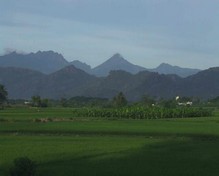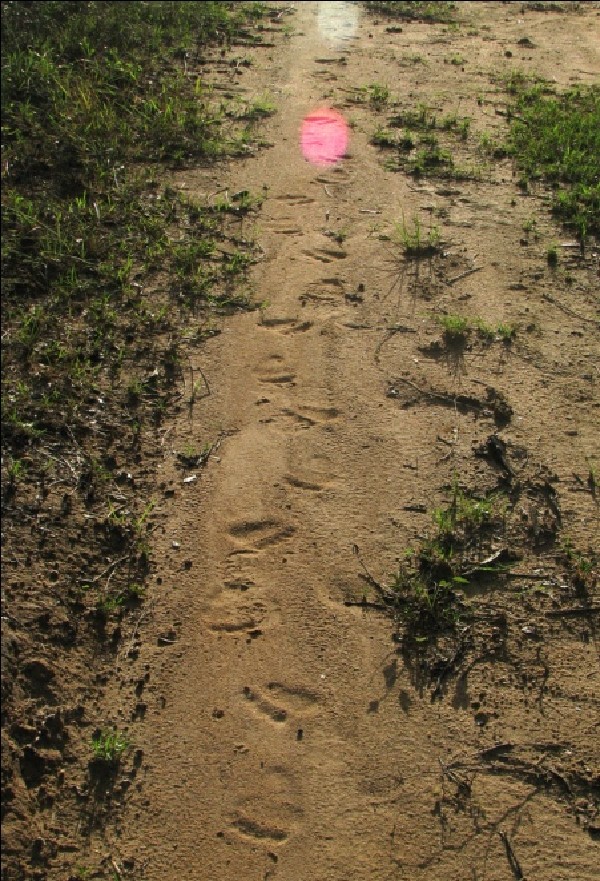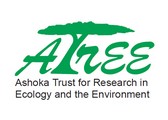Agasthya
A newsletter on the Natural History, Ecology
and Conservation of the Agasthyamalai region, Western Ghats, India.
Any and all opinions expressed in this newsletter are solely those of the author(s) and do not reflect the opinion of ATREE.
Editorial Team
Editor: T. Ganesh
Associate editor: Vivek Ramachandran
Editorial Review: R. Ganesan, M. Soubadra Devy
Design and presentation: Vivek Ramachandran
A S H O K A T R U S T F O R R E S E A R C H I N E C O L O G Y A N D T H E E N V I R O N M E N T
Forest trails- the story tellers of the jungle
- K S Seshadri
Bear pugmarks on the clayey road
Photo: K S Seshadri
It is easy for the inexperienced eye to conclude “Oh these forests have no animals” when they don’t see any animal. Contrary to their notion, the exact opposite seems to happen to a person who is interested in reading the tell tale signs the animals have left behind and unravel the drama that would have been enacted by the denizens of the jungle. Picturesque descriptions of such stories have been excellently narrated by Jim Corbett and Kenneth Anderson in their numerous classics. Most of the stories they encountered seems to still be the same for any keen observer who steps into the forests especially on to the jeep tracks or beat roads, bridle path as its called.
Recently, as part of accessing the impact of Sorimuthian pilgrimage on the forests; a team undertook extensive occupancy surveys along the trails near the main road where there is extensive vehicle movement due to the festival as well as in the forest. Teams of 2-3 individuals walked on these tracks/trails and documented any signs of animal movement in its various forms ranging from hoof or pugmarks, scat, scent marks, scrape marks etc . Each such encounter invariably had some small little story to tell and was indeed one of the factors which kept the enthusiasm going.
On one such survey along the “Puckel’s path” our team began its survey around 1530hrs, rather late in the evening. We soon encountered a lot of evidence of chital and sambar.
At some distance from the main road, we came across fresh, beautifully preserved pugmarks of a sloth bear. It had very casually ambled along the road which was laden with fine clayey soil brought in by the recent rains making it perfect for imprinting of the human- like paw in it. The marks seemed so fresh that for a moment, we all looked around to possibly catch a glimpse of the bear which might just be around the corner! The bear had walked on the road for more than 100 meters and all of a sudden, we saw pugmarks almost one fourth the size of the adult and realized that the bear was accompanied by its cub. The cub, as per the discontinuity in pugmarks, had come almost all the way piggy back and had got down and walked with its mom for a short distance before they had turned into the forest and disappeared in the mix of grass and thorny scrub. Such are the countless stories that lay waiting to be stumbled upon by passing naturalists .
Centre for Excellence in Conservation Science
Royal Enclave,Srirampura,Jakkur Post
Bangalore-560064
Telephone: 080-23635555 (EPABX)
Fax : 080- 23530070








